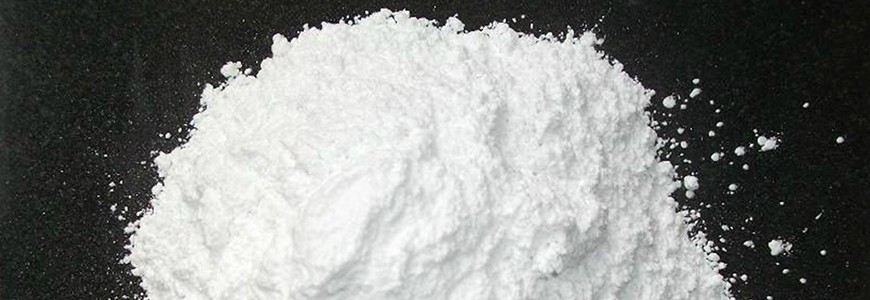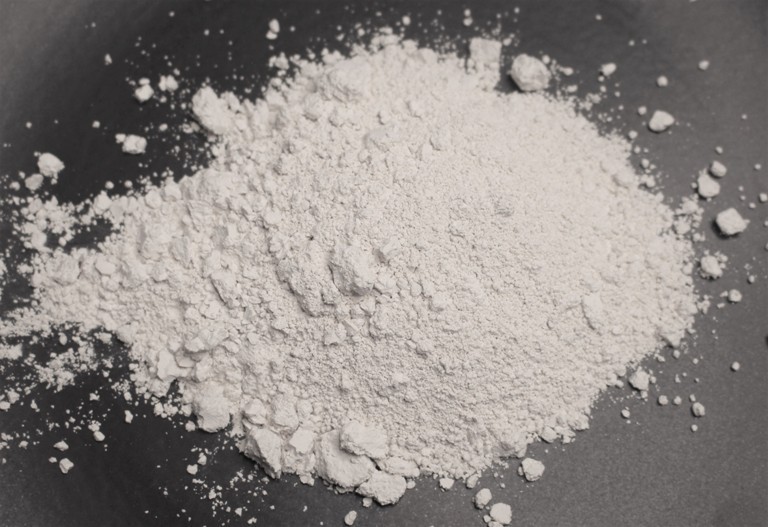Do Veneers Hurt? A Step-by-Step Guide to the Painless Procedure
Dental veneers are a popular cosmetic treatment that can dramatically improve the appearance of your smile.
Dental veneers are a popular cosmetic treatment that can dramatically improve the appearance of your smile. Whether you're dealing with discolored, chipped, or misaligned teeth, veneers in Mount Pleasant offer a quick and effective solution. However, one of the common concerns patients have before getting veneers is whether the procedure is painful. It’s natural to worry about discomfort when considering any dental treatment, but the good news is that dental veneers are typically a painless procedure.
What Are Veneers?
Veneers are thin shells made from either porcelain or composite resin custom-designed to fit over the front surface of your teeth. They enhance the appearance of your smile by correcting imperfections such as stains, cracks, gaps, or slightly misaligned teeth. Veneers are incredibly durable, and once they are placed, they blend seamlessly with your natural teeth, giving you a flawless smile.
Why People Are Concerned About Pain
It’s common for patients to be concerned about pain or discomfort when undergoing dental procedures. After all, shaving down parts of your teeth to place thin shells over them can seem intimidating. Fortunately, getting veneers is typically not painful, especially with modern techniques and anesthesia options. The amount of enamel removed is minimal, and the process is generally quick and straightforward.
Step 1: The Initial Consultation
Before getting veneers, you’ll have an initial consultation with your cosmetic dentist. During this visit, the dentist will assess your teeth and determine if you’re a good candidate for veneers. They will also explain the process in detail, and you can ask any questions regarding pain or discomfort.
There is usually no pain during the consultation; this is simply a discussion and examination of your teeth. Digital images or X-rays may sometimes be taken to help plan your treatment, but these procedures are non-invasive and comfortable.
Step 2: Preparing Your Teeth
Once you decide to proceed with veneers, the next step is preparing your teeth. This involves removing a small amount of enamel from the surface of your teeth to ensure the veneers fit properly. This step is essential to ensure the veneers align with your natural bite and look seamless.
While it may sound uncomfortable, anesthesia is typically used to numb the area. This means you won’t feel any pain during the enamel removal process. The amount of enamel removed is minimal, and you may feel slight pressure, but this should not be painful. After removing the enamel, your teeth will be shaped and prepared to receive the veneers.
Step 3: Creating the Custom Veneers
Once your teeth are prepped, impressions will be taken to create custom veneers that match your natural teeth' size, shape, and color. These impressions are sent to a dental lab, where skilled technicians craft the veneers to ensure they fit perfectly.
While this step doesn’t involve any pain, it may take a few days for the lab to complete the veneers. In the meantime, your dentist may place temporary veneers over your teeth to protect them and provide an aesthetically pleasing look.
Step 4: Placing the Veneers
Once your custom veneers are ready, you’ll return to the dentist for the final placement. During this appointment, the temporary veneers will be removed, and your cosmetic dentist will check the fit of the permanent veneers. The dentist will ensure they align properly and make any necessary adjustments.
Before the veneers are permanently bonded to your teeth, a light bonding cement is used, and your dentist will place them on your teeth to check the fit one final time. Once everything looks perfect, your dentist will clean and prepare your teeth, and the veneers will be bonded in place using a special curing light.
The bonding process may cause mild discomfort due to the pressure applied during the fitting, but it is not considered painful. Most patients report feeling only a little pressure during this part of the process, which subsides quickly.
Aftercare and Pain Management
After the procedure, your dentist will provide instructions on how to care for your new veneers. It’s normal to experience some sensitivity in the first few days, especially if any enamel was removed. This sensitivity should be mild and fade quickly as your teeth adjust. Over-the-counter pain relievers can be used if necessary, but most patients do not need them.
You may also be advised to avoid extremely hot or cold foods briefly after your procedure to minimize discomfort. If you experience any significant pain or discomfort lasting more than a few days, it’s essential to contact your skilled Mount Pleasant dentist, as this could indicate an issue with the veneers or the bonding process.
Conclusion
Overall, getting dental veneers is a relatively painless procedure. Anesthesia is used during preparation and bonding, ensuring little to no discomfort. The procedure is straightforward and minimally invasive, with most patients reporting only mild discomfort, if any, during the process. With proper care, your veneers will provide a beautiful, functional smile for years.
If you’re considering veneers and are concerned about pain, it's important to discuss your concerns with your cosmetic dentist. They can explain the process in greater detail and address any specific questions you have. Ultimately, the results will be well worth it—a radiant smile with no pain involved!



















Facebook Conversations